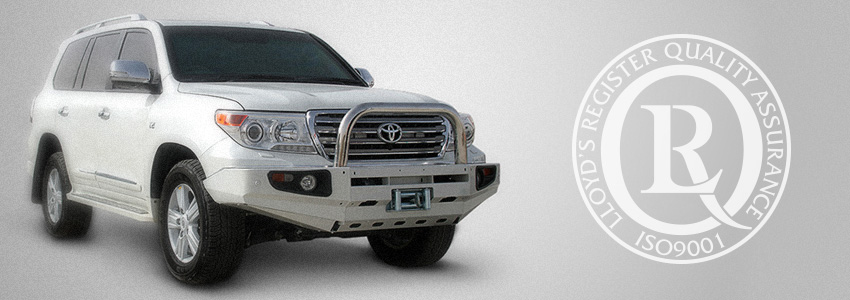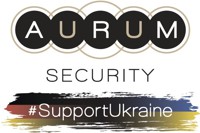
Buying an armored vehicle from a manufacturer that does not have a certificate VR is buying a pig in a poke. All manufacturers claim that their vehicles are "the best" and "provide the most reliable protection", but only thorough testing during the certification can confirm (or disprove) the validity of these claims.
If you are going to purchase a vehicle from a manufacturer that has got its vehicle certified (i.e. has VR certificate), it is advisable to make sure that the vehicle you are going to buy is made in the same way as the certified one. There is always a temptation for a manufacturer to "cut the corners" and reduce the costs or increase the speed of production, even at the expense of the protection of an armored vehicle.
The possible options how to do that are:
Get a VR certificate for one design, but use another design for serial production. An armored vehicle that can be certified requires much more work; for example, it takes much time to setup the doors frames but without them the vehicle cannot withstand any significant side blast, the blast wave will push the glasses inside the vehicle. Another example is the back door; it is much easier to get a vehicle certified where the back door is made in the middle of the luggage compartment. But the vehicles in mass production have another design; the back door is located immediately behind the standard door.
- To use cheaper armor steel: even if it could seem that armor steels with the same hardness are the same, obviously it is not so. Once an armored vehicle is certified a manufacturer IS NOT ALLOWED to use other steel brands if it claims that the vehicles are covered by the same certificate.
- To cut armor steel by plasma: plasma cutting is cheaper than laser cutting or water-jet but it heats the edges, with an affected area of about 2-3 cm from the cut line. Armor steel is heat sensitive for temperatures above 180°-200° C so when cut by plasma the molecular structure of the steel is weakened, thus turning it into common steel that can be easily penetrated.
- To use cheaper bullet-proof glass: like with the steel, only the bullet-proof glass installed in the vehicle certified can be used.
- To use cheaper hinges: the hinges must ensure reliable attachment of the doors during normal drive and also during explosions. During explosions the shock wave first goes inside the vehicle, pushing the doors, and then the reverse wave goes outside of the vehicle, pulling them. The hinges must hold the doors reliably during the whole time of the effect of the blast, otherwise the doors will either fly into the vehicle or will be ripped off from the vehicle body. Either case is likely to be fatal for the passengers.
- To use cheaper welding consumables: welding of armored steel is very sensitive and requires a lot of experience. Only using proper welding consumables and technology guarantees no weakening and reliable attachment of armor steel.
The good news are we do resist such temptations. The main purpose of an armored vehicle is to protect its occupants in case of ballistic or blast attack, and this is the goal that we pursue.
